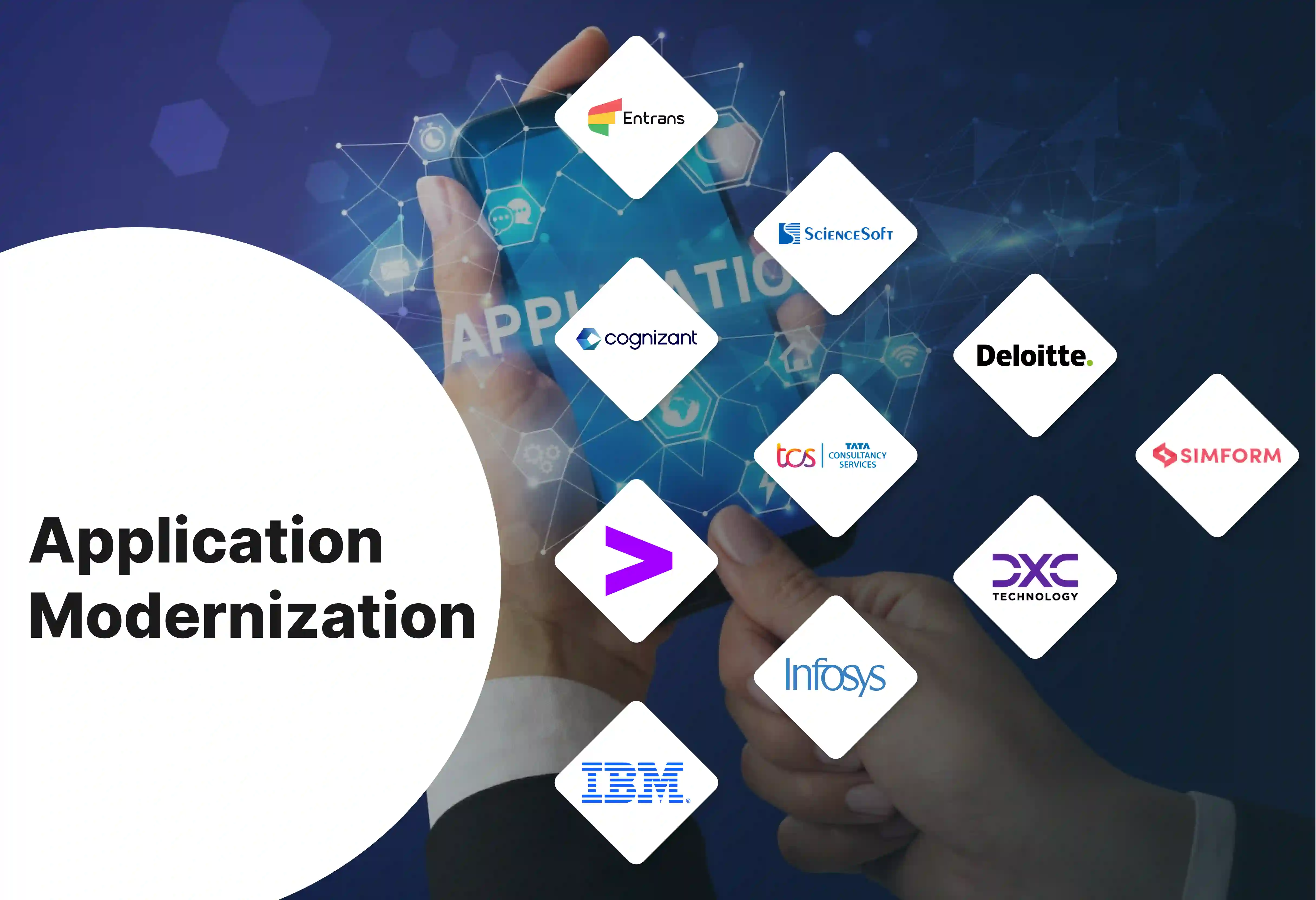


The buzzword for 2025 is AI Agents and using generative AI for quicker workflow.
For SaaS and tech-centric companies, this means using it alongside your tech stack in the most effective way possible
Odds are you have a full team of developers and are still barely meeting project deadlines - using generative AI can remove this issue and we’ll show you how.
The buzzword for 2025 is AI Agents and using generative AI for quicker workflow.
For SaaS and tech-centric companies, this means using it alongside your tech stack in the most effective way possible
Odds are you have a full team of developers and are still barely meeting project deadlines - using generative AI can remove this issue and we’ll show you how.
Generative AI refers to a category of artificial intelligence designed to create new content, such as text, images, music, or code. It works by training models on vast datasets and using patterns from that data to generate outputs.
Examples include text-based models like GPT and image generators like DALL·E. These tools have applications across industries like healthcare, entertainment, finance, and customer support.
Companies like Mckinsey went so far as to state generative AI could add the equivalent of $2.6 trillion to $4.4 trillion annually to companies (in 63 use cases they looked at)
Generative AI relies on several frameworks, tools, and programming environments to function effectively. These include deep learning frameworks, data preprocessing tools, programming languages, and deployment platforms.
These tools simplify complex processes and amplify the potential of AI in tech industries by enabling faster innovation, smarter automation, and deeper insights. As generative AI reshapes industries, these frameworks are driving breakthroughs in creativity, problem-solving, and efficiency.
Deep learning frameworks are the building blocks for training and fine-tuning AI models. They help developers create smarter algorithms that can solve problems faster and more efficiently.
By powering applications like virtual assistants, autonomous vehicles, and content-generation tools, these frameworks are revolutionizing industries. Some standout frameworks are:
Each framework provides tools for designing, training, and optimizing neural networks tailored to specific use cases.
High-quality data is the lifeblood of generative AI models. Data preprocessing tools help clean, structure, and prepare data to ensure models learn from accurate inputs.
As data becomes more complex and voluminous, these tools are essential for minimizing bias, identifying patterns, and maximizing model effectiveness. Here are some tools that simplify this vital step:
Effective preprocessing ensures that models learn from accurate, high-quality data, reducing the risk of bias or errors.
The programming language used shapes how flexible and efficient generative AI projects can be. Developers choose languages based on their specific needs, such as scalability, speed, or ease of use.
For many, Python remains the top choice because of its simplicity and rich ecosystem. Other options include:
Once an AI model is ready, it needs to be deployed seamlessly to serve users in real-world applications. Deployment tools and platforms streamline this process, ensuring performance, reliability, and scalability.
These tools are pivotal in delivering AI solutions that adapt to user demands and scale efficiently. Some top picks are:
A well-structured generative AI tech stack is organized into three primary layers: the infrastructure layer, the model layer, and the application layer.
A lot like a layered cake, each part builds on the other to create something powerful. Each layer plays an essential and distinct role in the AI lifecycle adding value to your tech stack.
The infrastructure layer is the foundation of generative AI. It powers the complex computations needed to train and run models effectively, ensuring they can scale as demands grow.
Today, generative AI has changed this layer by making hardware more efficient and cloud platforms smarter. Practical ways this helps tech companies include:
The model layer is where the magic happens (or at least the most transformative work) —AI models are designed, trained, and refined to deliver exceptional outputs.
Generative AI innovations have enhanced this layer, making it more efficient and accessible for tech companies. Key ways this impacts the industry include:
The application layer connects generative AI with real-world users, translating complex algorithms into tangible benefits. This layer has evolved to prioritize user-centric design and seamless delivery. Examples of how this transformation benefits tech companies include:
It makes your business more efficient and profitable! The fact is it’ll make tasks quicker and reduce the amount of bugs and issues that consume time and money.
Whether you want to just add it to your QA framework or automate your data pipelines the fact is that it is always a worthwhile investment.
By understanding how AI works with different layers and their components, you can harness the potential of generative AI to drive innovation and hit your benchmarks. But you’ll need to implement it in a way that does not interfere with your BAU.
Companies like Entrans specialize in optimizing these processes. Feel free to reach out for any tech-related questions or doubts!
Lorem ipsum dolor sit amet, consectetur adipiscing elit, sed do eiusmod tempor incididunt ut labore et dolore magna aliqua. Ut enim ad minim veniam, quis nostrud exercitation ullamco laboris nisi ut aliquip ex ea commodo consequat. Duis aute irure dolor in reprehenderit in voluptate velit esse cillum dolore eu fugiat nulla pariatur.
Block quote
Ordered list
Unordered list
Bold text
Emphasis
Superscript
Subscript







